.webp)
.png)
Introduction
In today's competitive food service landscape, the ability to adapt and streamline operations can be the difference between thriving and merely surviving. For restaurants, cafes, and eateries that rely on food delivery platforms like Swiggy and Zomato, implementing POS system API integration for Swiggy and Zomato is not just an option; it’s a necessity. Integrating these platforms with your restaurant's point-of-sale (POS) system allows you to optimize your operations, improve customer satisfaction, and drive sales.
With Swiggy API integration, you ensure that orders are processed seamlessly from the delivery platform directly into your POS system, minimizing human error and enhancing operational efficiency. Additionally, integrating Swiggy API with restaurant POS allows real- time data exchange, making managing inventory and tracking customer preferences easier. By implementing this integration, your restaurant can better respond to customer demands, optimize menu offerings, and drive sales.
Understanding POS System API Integration
What is a POS System?
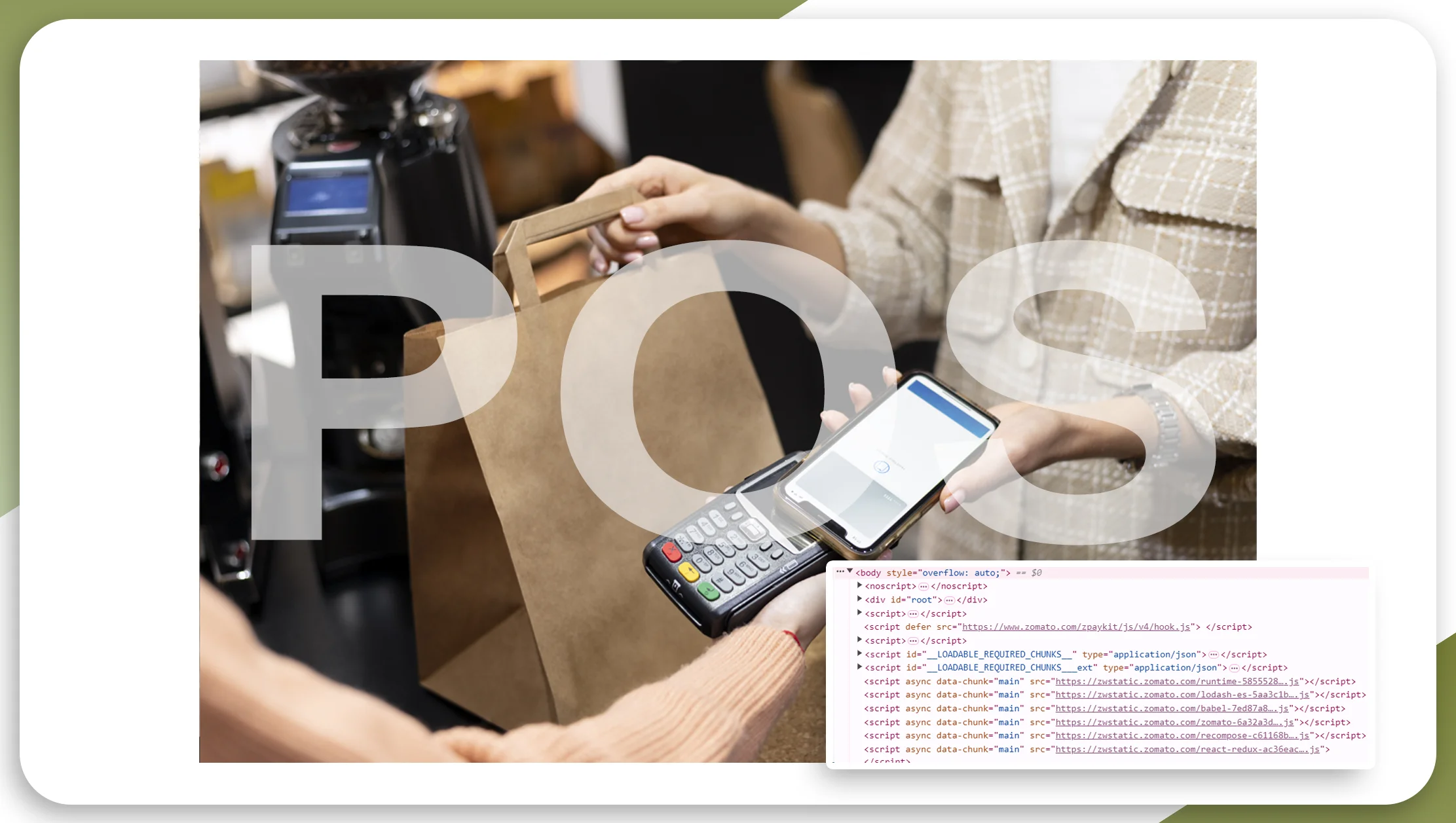
A POS system combines hardware and software to allow businesses to manage sales transactions effectively. It encompasses order management, payment processing, inventory management, and sales reporting. In the restaurant industry, a POS system is crucial for handling customer orders efficiently and accurately. To enhance operational capabilities, restaurants can integrate Zomato API with their restaurant POS, enabling a smooth Zomato API connection for POS systems. This integration and using a restaurant POS API for Swiggy and Zomato streamline order processing and improve overall service quality.
The Role of API in Integration
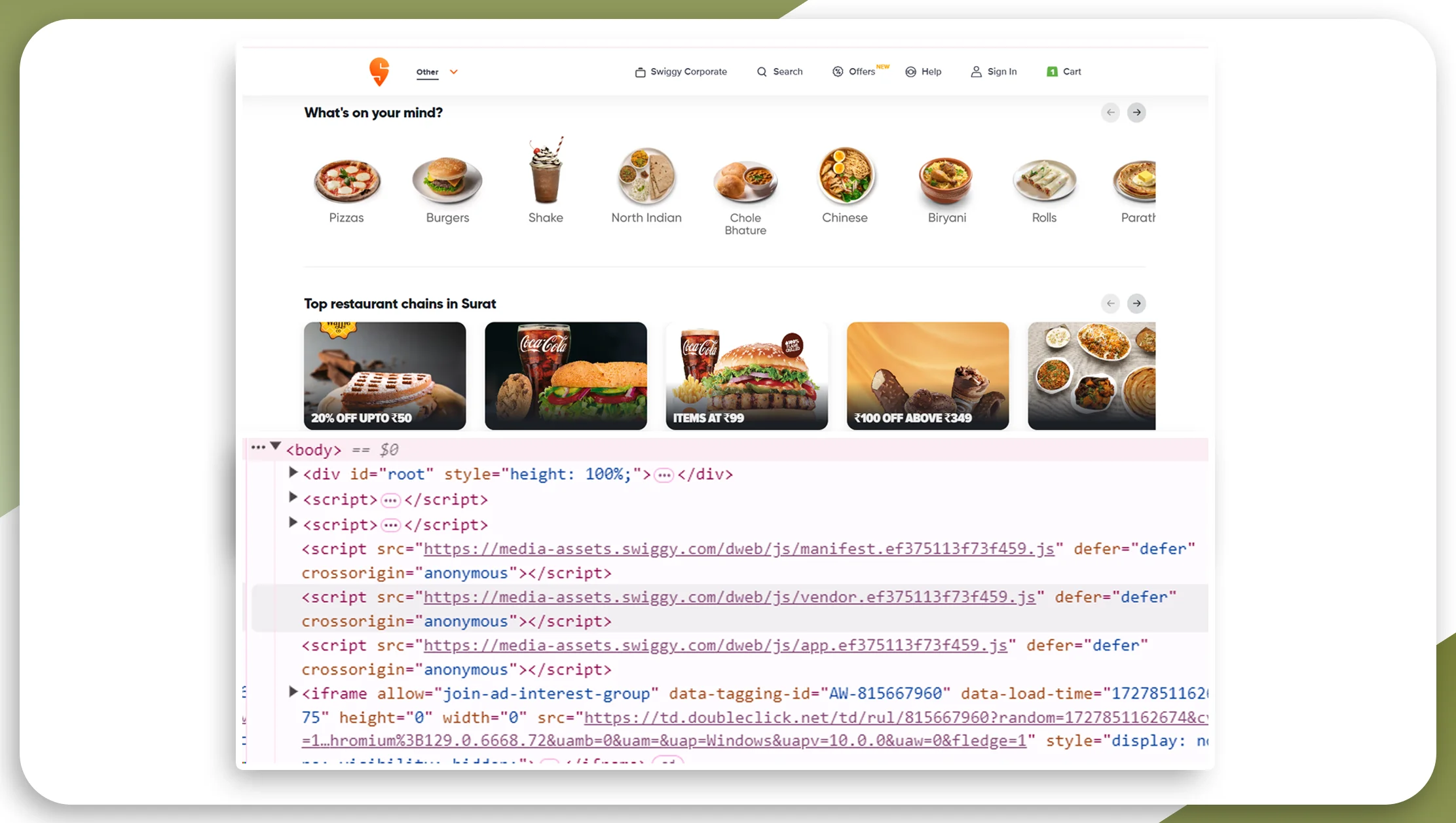
API, or Application Programming Interface, is a bridge that enables different software applications to communicate. When discussing POS system API integration for Swiggy and Zomato, we refer to connecting your restaurant’s POS software with these food delivery platforms, allowing them to exchange data seamlessly. By enabling the ability to integrate Zomato API with restaurant POS, businesses can automate order processing, synchronize menus, and manage customer data more efficiently, ultimately enhancing the overall operational workflow.
Benefits of POS System API Integration

1. Streamlined Operations
Integrating your POS system with Swiggy and Zomato automates many manual tasks that restaurant staff typically handle. When an order is placed through Swiggy or Zomato, it is automatically sent to the POS system without requiring manual entry. This leads to faster order processing and less room for human error.
For instance, consider a busy Friday evening when multiple orders flood in. A restaurant staff member can easily miss an order or input it incorrectly. However, with POS integration with Swiggy, the chances of such errors drastically reduce, ensuring that every order is captured accurately and promptly.
2. Enhanced Order Accuracy
One of the main challenges in food delivery is ensuring that orders are fulfilled correctly. Errors can lead to customer dissatisfaction, negative reviews, and lost business. With Zomato API integration, the order details are sent directly from the customer’s order to the kitchen. This minimizes the risk of miscommunication, ensuring customers receive precisely what they ordered.
In addition to order accuracy, this integration helps restaurants keep track of real-time inventory levels. When an item runs out, the POS can automatically update the menu on Swiggy and Zomato, preventing customers from ordering items that are no longer available.
3. Improved Customer Experience
In an age where customer experience is paramount, providing a seamless service is crucial. By utilizing Swiggy and Zomato POS integration, restaurants can ensure quicker order response times, enhancing overall customer satisfaction.
Fast service is essential in the food delivery industry. If a customer places an order and it takes too long to arrive, they may choose to leave a negative review. With an integrated POS system, restaurants can manage orders more efficiently, leading to quicker delivery times and happier customers.
4. Real-Time Analytics and Reporting
Another significant benefit of POS system API integration is the ability to gather data on sales performance and customer preferences. Connecting your POS with Swiggy and Zomato allows you to access real-time data that informs decision-making.
For instance, restaurant POS software API allows you to analyze which menu items are the most popular, peak ordering times, and customer demographics. This data is invaluable for tailoring marketing campaigns, menu adjustments, and promotional strategies.
5. Efficient Inventory Management
Managing inventory is one of the most challenging aspects of running a restaurant. Without proper management, you risk running out of popular items or overstocking items that do not sell. An integrated POS system helps automate inventory tracking.
With POS software integration with Swiggy, you can receive notifications when stock levels reach a certain threshold. This proactive approach ensures you can reorder items before they run out, leading to a smoother operation and better customer satisfaction.
6. Cost-Effective Marketing Strategies
Data gathered from your integrated POS system can also inform your marketing strategies. You can design targeted promotions by understanding which products are most popular and when customers are likely to order.
For example, if data reveals that customers tend to order pizza more on weekends, you can run a special promotion for pizzas on Friday nights to drive sales.
Steps to Integrate POS with Swiggy and Zomato
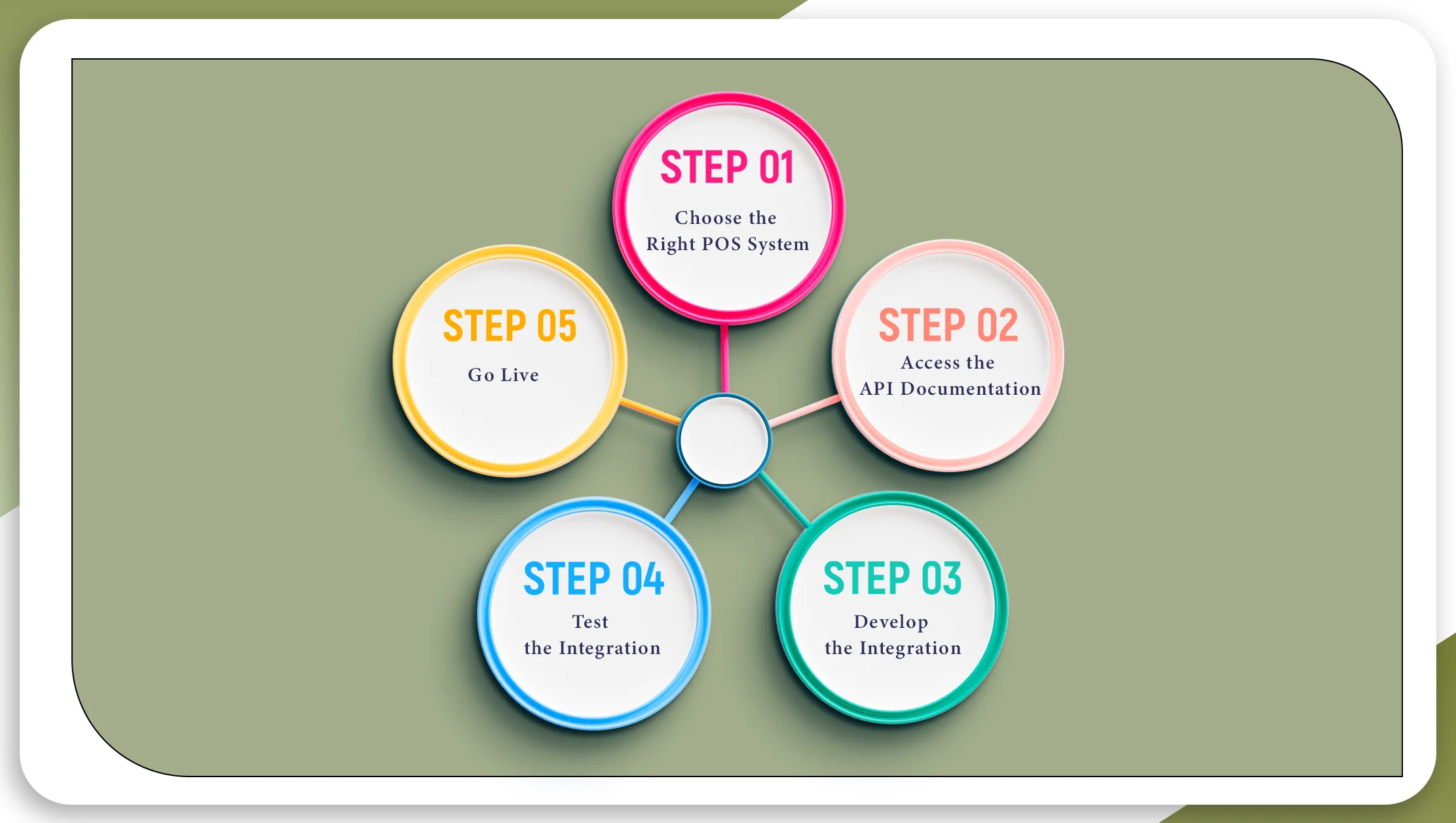
Step 1: Choose the Right POS System
Before integrating with Swiggy or Zomato, you must select a POS system that supports API integrations. Popular POS systems like Square, Toast, or Lightspeed often have built-in features or third-party apps allowing easy integration.
Step 2: Access the API Documentation
Once you’ve chosen your POS system, you must access the API documentation for both Swiggy and Zomato. This documentation provides technical details on connecting your POS with their systems.
Step 3: Develop the Integration
Whether you have an in-house IT team or need to hire external developers, the next step is to develop the integration. This typically involves writing code that connects your POS with Swiggy and Zomato's APIs.
Step 4: Test the Integration
Before going live, it is crucial to test the integration thoroughly. This involves placing test orders through Swiggy and Zomato and ensuring that your POS system correctly processes them. Testing helps identify potential issues before using the system with real customers.
Step 5: Go Live
Once testing is complete and everything functions as expected, you can go live with the integration. Ensure your staff is trained on how to use the new system effectively.
Leveraging Data Scraping for Enhanced Insights
In addition to API integrations, Swiggy and Zomato Data Scraping can provide deeper insights into market trends, customer preferences, and competitive strategies.
The Importance of Data Scraping
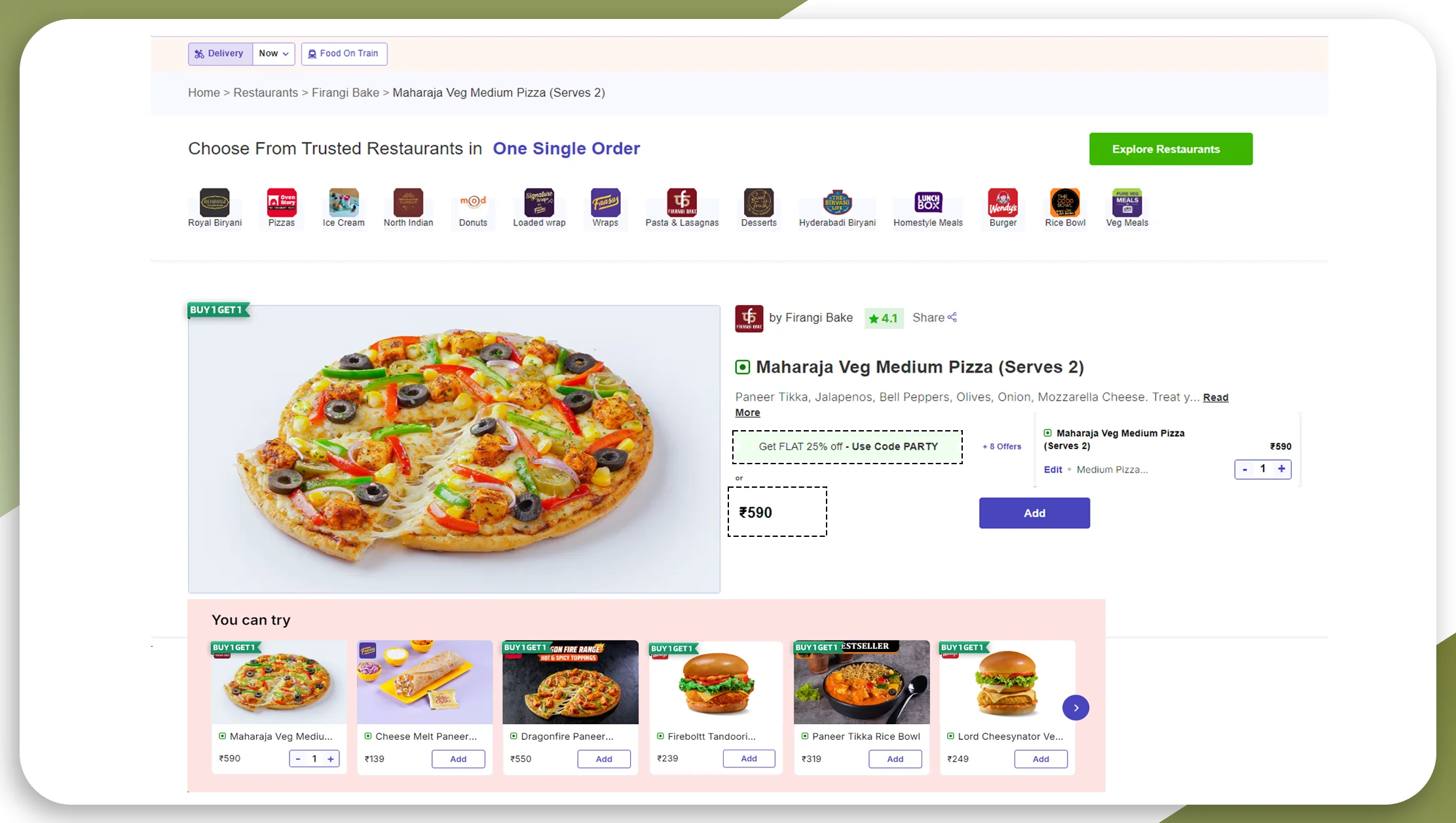
Data scraping involves extracting information from websites or applications for analysis. In food delivery platforms, scraping can provide valuable insights into customer behavior, pricing strategies, and menu performance.
Swiggy Food Delivery Data Scraping
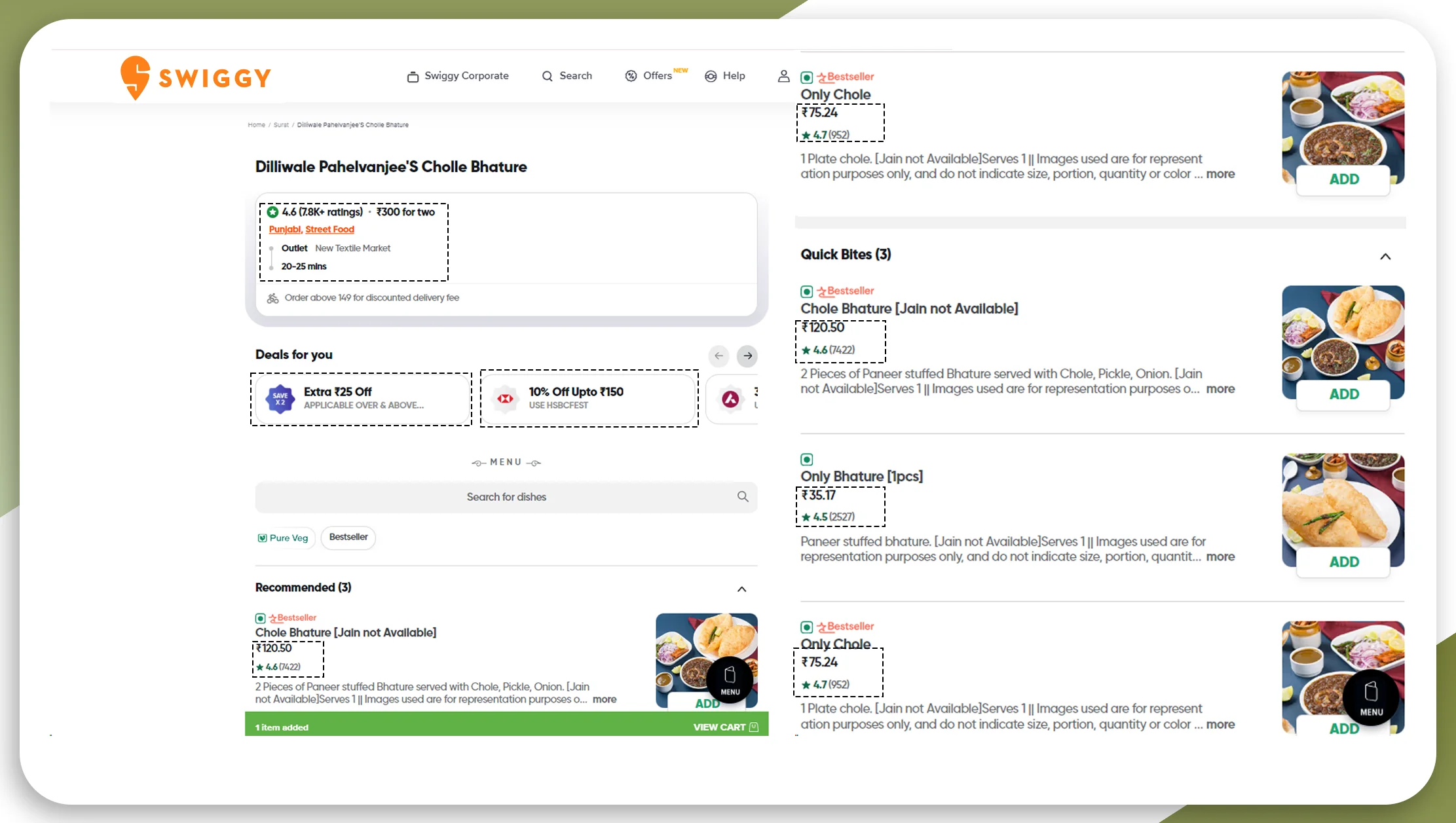
By implementing Swiggy Food Delivery Data Scraping, businesses can gather data on popular menu items, pricing trends, and customer reviews. This data can help inform menu adjustments, promotional strategies, and overall business decisions.
Zomato Food Delivery Data Scraping
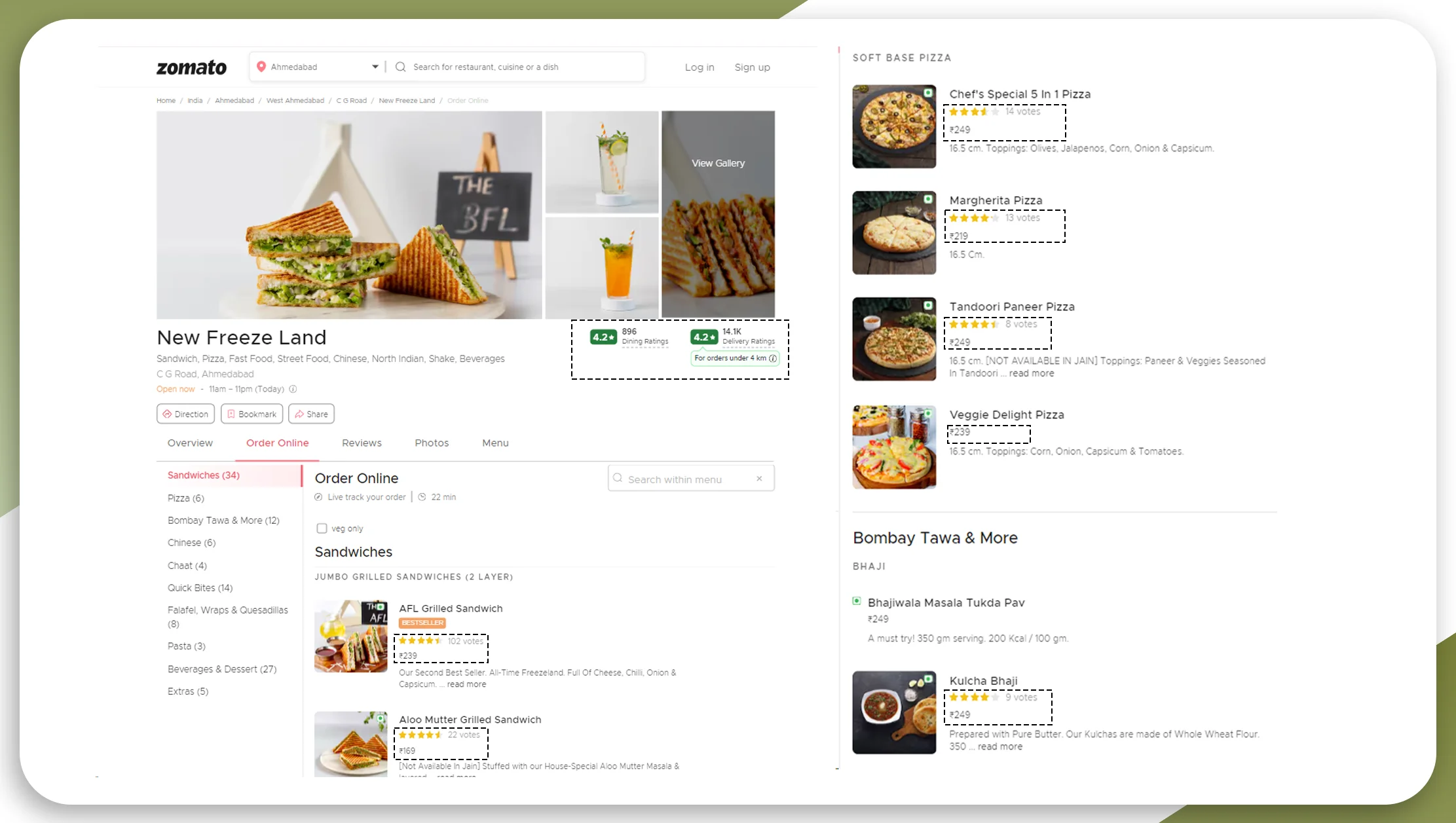
Similarly, Zomato Food Delivery Data Scraping can help restaurants identify market trends and understand customer preferences. By analyzing customer reviews and ratings, restaurants can gain insights into what customers value most, allowing them to make data-driven decisions that enhance their offerings.
Real-World Examples of Successful Integration
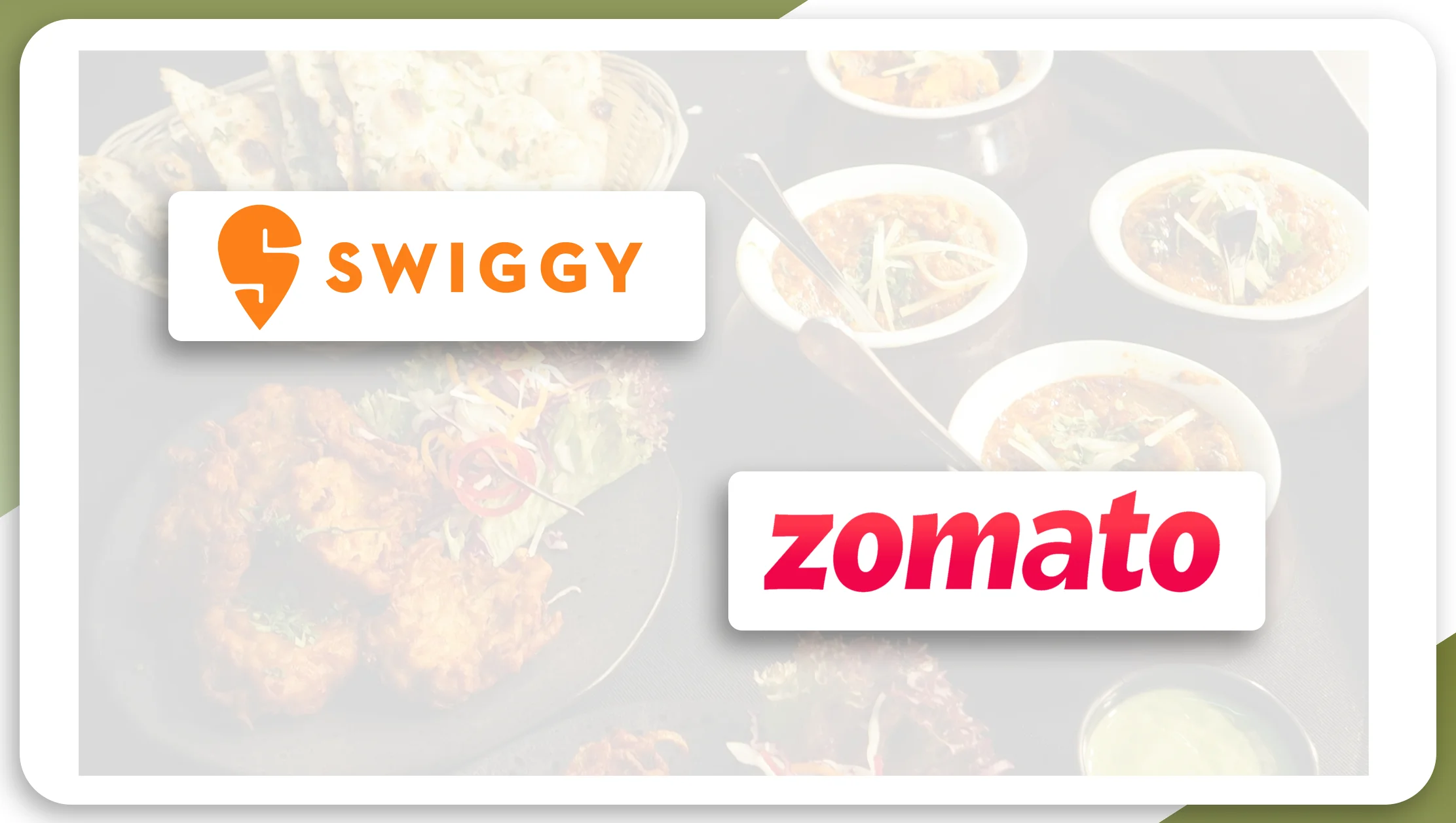
Example 1: A Local Pizzeria
Consider a local pizzeria that struggled with manually managing orders from Swiggy and Zomato. After integrating their POS system with these platforms, they noticed a significant improvement in order accuracy and speed. They reduced order errors by 40%, leading to a noticeable increase in customer satisfaction and repeat business.
Example 2: A Chain of Cafés
A chain of cafés used POS integration with Zomato to streamline their operations. They could automate their inventory management and access real-time sales data by implementing the integration. This allowed them to optimize their staffing during peak hours, improving service speed and reducing customer wait times.
Challenges to Consider
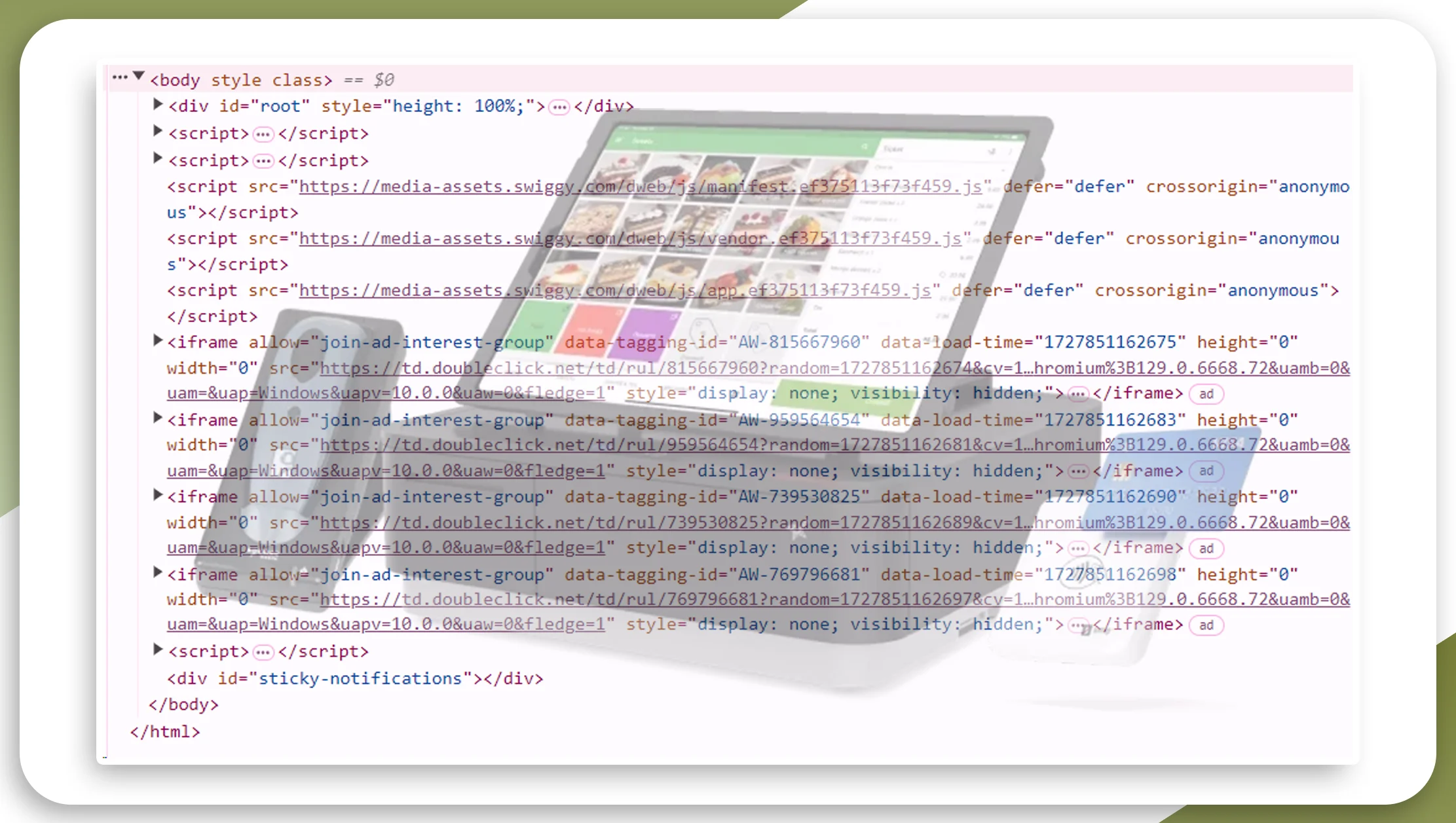
While integrating POS systems with Swiggy and Zomato offers numerous benefits, there are also challenges to consider:
1. Technical Difficulties
Integrating systems can be technically challenging, especially if your POS system is not built for API integrations. You may need to invest in custom development to ensure a seamless connection.
2. Cost
Integrating your POS system may involve costs, including software licenses, development fees, and ongoing maintenance. It’s essential to factor these costs into your overall budget.
3. Compliance and Security
Compliance with data protection regulations is crucial when handling customer data. Ensure that your integration adheres to legal guidelines to avoid potential legal issues.
Conclusion
POS system API integration for Swiggy and Zomato offers restaurants an unparalleled opportunity to enhance their operations and drive sales. By automating order management, improving accuracy, and leveraging real- time data, restaurants can provide a superior customer experience. With effective data scraping strategies, businesses can gain invaluable insights that inform decision-making and propel growth.
Whether you are a small café or a large restaurant chain, investing in POS integration with Zomato and Swiggy can be a game-changer. As the food delivery landscape evolves, those who adapt and utilize technology effectively will be best positioned for success.
At Real Data API, we specialize in providing seamless API integrations that empower your restaurant to thrive in the competitive foodservice market. Contact us today to learn how we can help you transform your operations!













